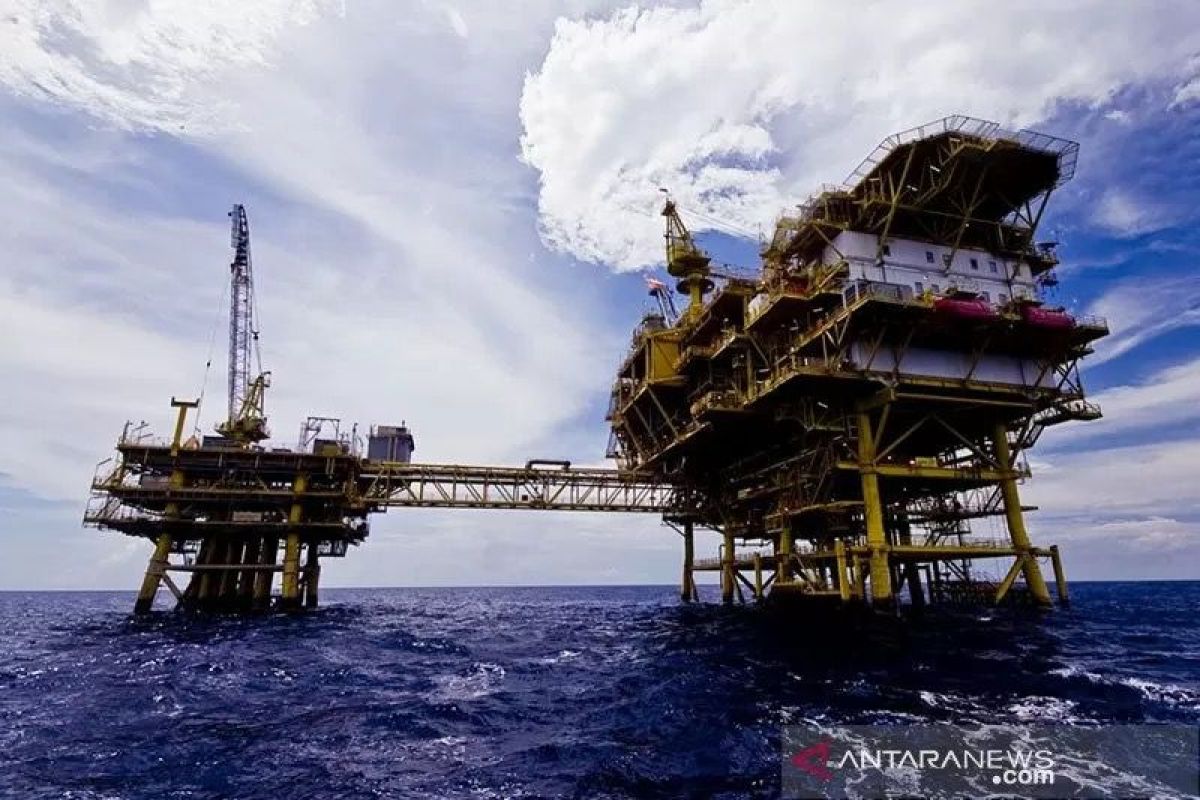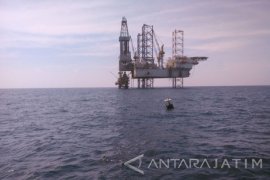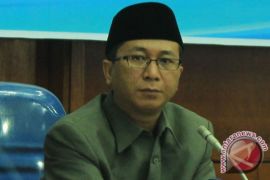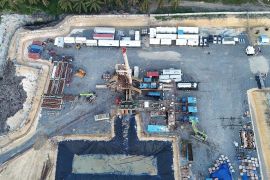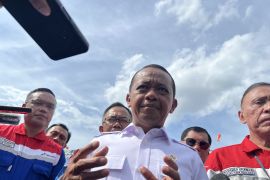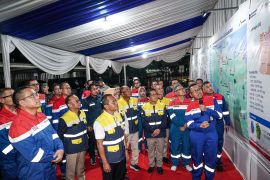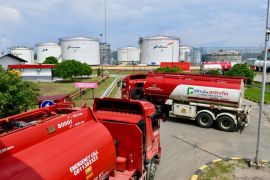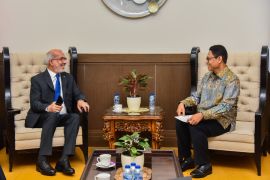the Upstream Oil and Gas Regulatory Task Force (SKK Migas).
This article was published in thejakartapost.com with the title "Indonesia again misses oil, gas production targets: SKK Migas". Click to read: https://www.thejakartapost.com/business/2022/07/19/govt-again-misses-oil-gas-production-targets-skk-migas.html.
Download The Jakarta Post app for easier and faster news access:
Android: http://bit.ly/tjp-android
iOS: http://bit.ly/tjp-ios
The Upstream Oil and Gas Regulatory Task Force (SKK Migas) has announced the discovery of hydrocarbons in the form of gas while drilling in the Markisa (MKS)-001 exploration well in West Papua.This article was published in thejakartapost.com with the title "Indonesia again misses oil, gas production targets: SKK Migas". Click to read: https://www.thejakartapost.com/business/2022/07/19/govt-again-misses-oil-gas-production-targets-skk-migas.html.
Download The Jakarta Post app for easier and faster news access:
Android: http://bit.ly/tjp-android
iOS: http://bit.ly/tjp-ios
The hydrocarbon gas source was discovered by Pertamina Hulu Energi Regional IV in Pertamina EP's working area, Papua Field, Aimas District, West Papua Province, Deputy of Planning for SKK Migas Benny Lubiantara informed.
"The successful discovery of hydrocarbons in an area rich in natural resources in West Papua, including oil and gas, will encourage more massive and aggressive exploration activities in the future," Lubiantara said in a statement issued here on Monday.
The drilling of exploration well MKS-001 was the main objective in the Kais Formation Carbonate Rock. The drilling of MKS-001 began at 6 a.m. local time on June 21, 2022, and a final depth of 2,048 mMD was reached at 8 p.m. local time on July 28.
Exploration well MKS-001was drilled with a vertical profile using the PDSI#28.2/D1000-E rig, he said.
According to him, drilling poses a challenge in remote areas because of the time it takes to mobilize drilling equipment and materials by sea and the type of shale formation indicated by high tectonic stress. Hence, it requires precise and accurate drilling planning and operations, he added.
The dry hole base work was completed without any non-productive time, both from supporting service equipment and materials as well as from the operational side. This was one of the achievements at the well, he said.
After conducting a series of evaluations of the formation properties using e-line logging tools, Pertamina then proposed two Drill Stem Test (DST) intervals in the Kais Formation, DST#1: 2012 - 2020 mMD and DST#2: 1932 - 1942.5 mMD.
Currently, DST#1 (2012-2020 mMD) is being carried out on the limestone reef layer of the Kais Formation, the clean-up period with a 44/64 inch choke gets a gas rate of 9.7 MMSCFD and a condensate rate of 219 BCPD.
As of August 13, 2022, exploration well MKS-001 is conducting a clean-up interval of DST#1.
Lubiantara revealed that the success of drilling exploration well MKS-001 will add to the success of drilling exploration wells in 2022, with the success ratio higher than the achievement in 2021 or compared to the average success of drilling exploration wells in the world.
As of the first half of 2022, the success ratio for drilling exploration wells has reached 75 percent. This figure is higher than the previous year's success ratio of 55 percent and outperforms the global success ratio of 23.8 percent in 2021.
"With the success of the MKS-001 well, the success ratio for drilling exploration wells in 2022 will be even higher," Lubiantara said.
He further said that the high success ratio of exploration well drilling will strengthen confidence to achieve the targets of one million barrels of oil (BOPD) and 12 billion cubic feet of gas (BSCFD) by 2023.
“Hopefully, this success can encourage increased investment in the upstream oil and gas sector given the high success rate of hydrocarbon discoveries," he remarked.
Related news: RAPP, Pertamina cooperate in hydrocarbon use
Related news: Indonesian govt to develop renewable energy for rural electricity
Translator: Sugiharto P, Fardah
Editor: Rahmad Nasution
Copyright © ANTARA 2022
